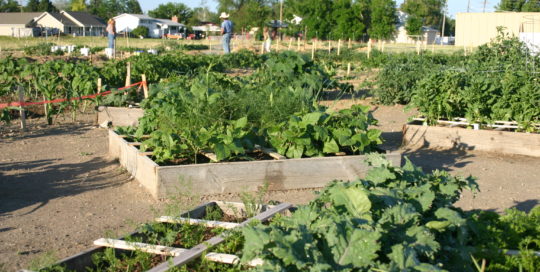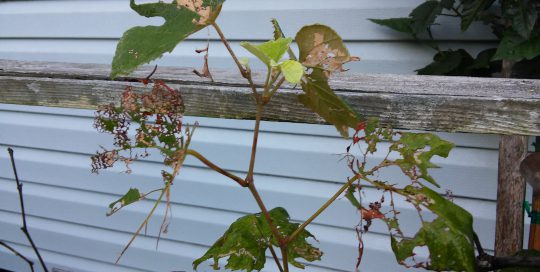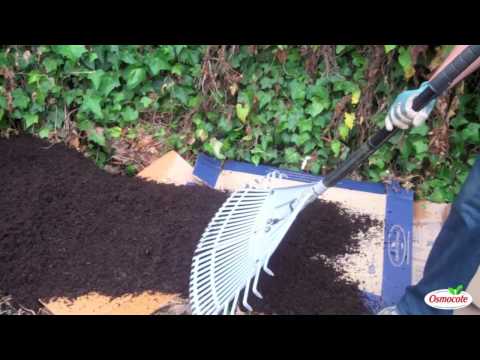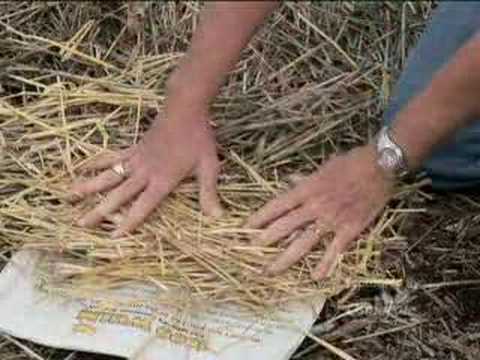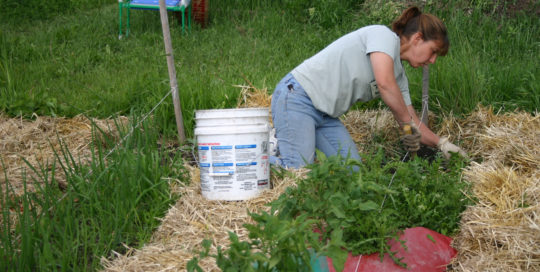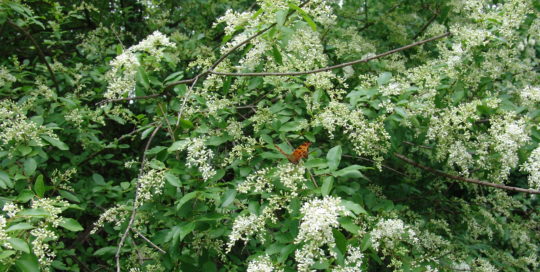Don’t Feed Your Weeds
By Jean Starr
A sensible garden adage defines a weed as any plant you don’t want. By mid-summer, there seem to be dozens, and they’ve all come to live in your garden. But not all weeds are created equal. Some crawl along the top of the soil and are easy to pull up. Others send down roots that are more tenacious. Still others have roots that reach down several inches and need some serious tools. But no matter how they grow, they’re stealing resources. If you feed your plants, it’s a guarantee the weeds are helping themselves to the fertilizer.
Weeds found in the lawn will readily grow into your flower beds, foundation plantings, and vegetable garden. Once they’ve made themselves at home there, eradicating them is trickier because they’re so close to your desirable plants. Each year it seems a new mass of weeds crop up in my garden. I’ve gotten rid of garlic mustard, but several others have arrived to take its place. I have enough weeds to fill a dumpster. Here are their stories:
Creeping Charlie (Glechoma)
Everyone has creeping Charlie. It’s a pretty little thing, probably the reason people think it won’t become an issue. But this scallop-leaved oppressor creeps along (hence its common name) and takes hold of any bare spot of soil, traveling unnoticed until it forms a thick, smothering mass. If you decide to remove it by hand, make sure the soil is moist, and try using the CobraHead weeder. It’s a great tool for getting underneath the flexible stems.
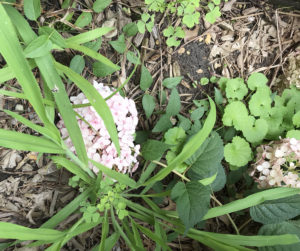
Nutsedge: (Cyperus esculentus)
Nutsedge stands out as a slender, bright yellow-green grass that rises ever upward, looking innocuous until, seemingly overnight, it’s joined by a militia of look-alikes that threaten to infiltrate the garden. This was my first memorable weed, turning up in a patch of lawn that greeted me each day as I emerged from my car after work. Leaving my purse in the car with my heels, I’d hunker down and pull it strand by strand, straight up and slowly so all the roots would come with it. It was an addictive exercise I hated to lose once the sedge was gone. Nutsedge gets its name from the tiny, bulbous tubers that cling to its roots. The sedge part of its name comes from the fact that it is a sedge and not actually a grass.

